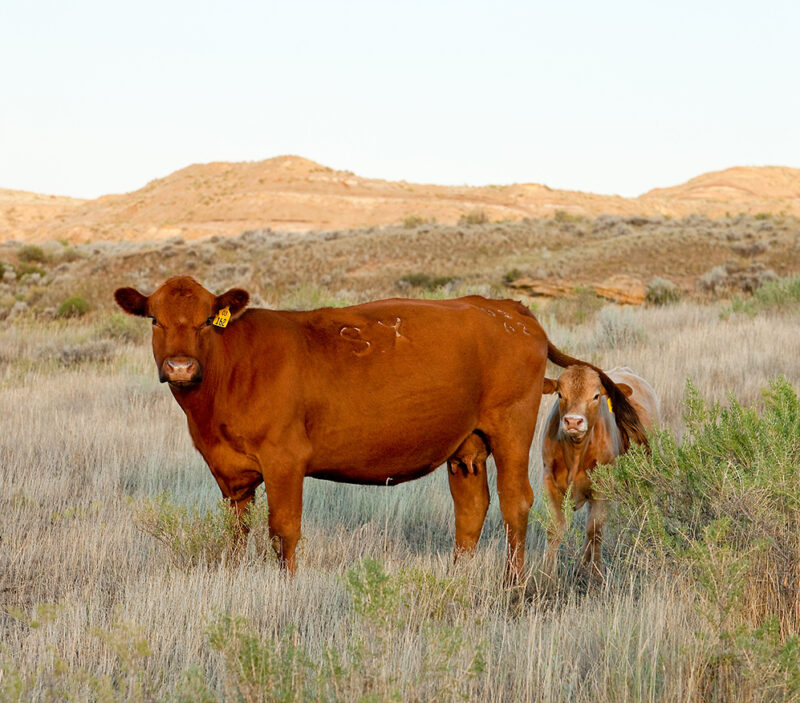![]()

By Aaron Berger, Nebraska Extension Educator
Pregnancy detection in replacement heifers or cows is a tool producers can use to increase profit. Traditionally, cows and replacement heifers are pregnancy tested in the fall of the year, and then non-pregnant and cull cows are marketed. This is also when cull cow prices are typically at their lowest.
Timing of Pregnancy Test
Ultrasound and blood tests can detect pregnancy in cows as early as 25-30 days. For cows to be identified as pregnant utilizing the palpation method, cows need to be at least 35-50 days pregnant.
Producers should realize that stress to heifers and cows early in pregnancy can result in loss. Research has shown a pregnancy loss of 1-3.5 percent when palpation or ultrasound is used for pregnancy diagnosis at 40-75 days of gestation. Producers should weigh the pros and cons of the pregnancy testing methods for their operation.
Palpation
Palpation has been a primary method for pregnancy diagnosis. An experienced technician can identify a pregnancy as early as 35-50 days after breeding and can give an accurate estimate of the age of the pregnancy out to 120 days post breeding. The technique requires no special equipment and is considered a “tried-and-true” method.
Ultrasound
Ultrasound has been utilized for decades and is the most informative of the methods available. Ultrasound can identify a pregnancy as early as 28 days post breeding. Experienced technicians can quite accurately age pregnancies using ultrasound in the first trimester. They can also identify the sex of calves when cows are 55 to 110 days post breeding, with the 55 days to 70 days window being the most opportune time for sexing of calves. The cost of ultrasound equipment has come down significantly since it first became available, and the tools and quality of images have advanced rapidly.
Blood Test
Blood tests look for pregnancy-associated glycoprotiens in the blood of the heifer or cow being tested. Heifers must be at least 25 days post breeding to use this test, and cows 28 days. There are two different testing methods available. One requires the submission of a blood sample to a lab for analysis. The other allows for rapid results on-site within about 20 minutes of the blood sample being placed in the testing kit. Cows that have calved need at least 75 days post calving to use the blood test method, or false positives may result. The primary advantage of this method is that it doesn’t require additional training to utilize the test beyond knowing how to collect a blood sample.
Summary
Non-pregnant heifers, cows, and cull/bred cows can provide as much as 20 percent of the gross income to a cow-calf operation annually. Taking advantage of opportunities to effectively add value to and market these heifers and cows using timely pregnancy diagnosis, and an understanding of market seasonality can allow producers to capture more profit from this segment of the cow-calf operation.
